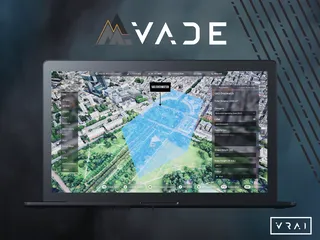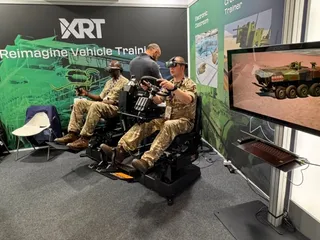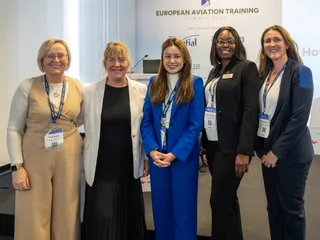Cineon to Debut First CAA-Approved VR Pilot Training Tool at EATS 2025
Contact Our Team
For more information about how Halldale can add value to your marketing and promotional campaigns or to discuss event exhibitor and sponsorship opportunities, contact our team to find out more
The America's -
holly.foster@halldale.com
Rest of World -
jeremy@halldale.com
Cineon is set to unveil the UK’s first Civil Aviation Authority (CAA)-approved virtual reality pilot training tool at the European Airline Training Symposium (EATS), taking place in Cascais, Portugal, from November 4–6. The impending announcement marks a major milestone in the regulatory acceptance of immersive technologies for aviation training.
The development forms part of the focus of the latest episode of the AI in Action podcast, hosted by Halldale’s Andy Fawkes. Andy is joined by Toby de Burgh, CEO of Cineon; Shane Jordan, CTO of Hilo Aviation; and Atul Chandra, Halldale’s Asia-Pacific correspondent, for a wide-ranging discussion on this and how AI is reshaping aviation training.
Developed in partnership with Jet2, the tool uses eye tracking and artificial intelligence to assess pilot performance during walkaround inspections. Its approval by the CAA signals growing confidence in extended reality (XR) as a credible method for competency-based training and assessment (CBTA/EBT), and positions Cineon at the forefront of innovation in flight crew instruction.
Toby, Shane, Atul and Andy also discussed how AI is being used to personalise pilot training, the role of data strategy in replacing spreadsheets and improving safety, and why airlines are rethinking human performance and mental health tracking. The conversation also explores the business case for AI in cost-sensitive markets such as India and previews what attendees can expect from AI workshops and demos at EATS 2025.
Don’t miss your chance to be part of the conversation. Sign up now for EATS 2025 and join global leaders in airline training, regulation, and technology as they shape the future of aviation training.


